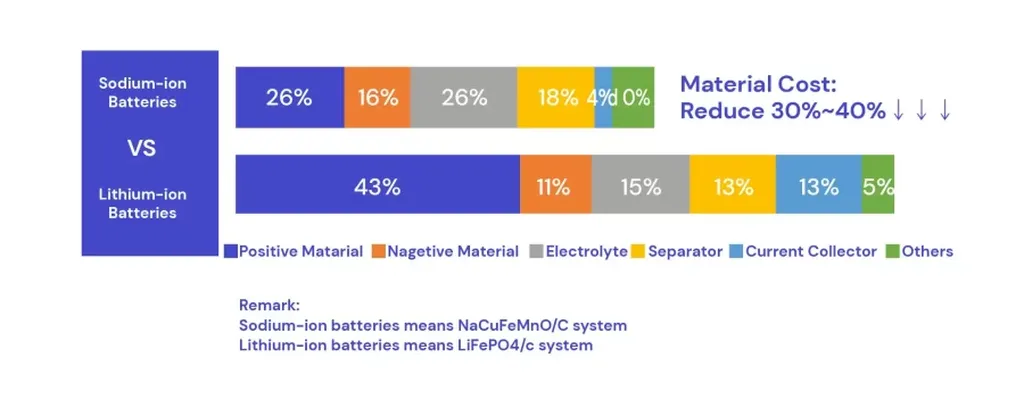In a significant stride toward more affordable and efficient energy storage, researchers have unveiled a novel approach to stabilize initially anode-free sodium metal batteries, potentially revolutionizing the energy sector. The study, published in the journal Nature Communications (which translates to “Nature Communications”), offers a promising alternative to conventional lithium-ion batteries, particularly for portable electronics, transportation, and power grids.
The research, led by Qianli Xing from the Department of Materials Science and Engineering at the University of Wisconsin-Madison, addresses a critical challenge in the development of sodium metal batteries: the side reactions at the electrode/electrolyte interface that hinder their practical applications. “By understanding the specific roles of solvents in the cation’s solvation shell, we can design electrolytes that optimize stability for both electrodes,” Xing explained.
The team’s innovative electrolyte design strategy selectively directs 2-methyltetrahydrofuran to the sodium metal electrode and tetrahydrofuran to the positive electrode interface. This tailored approach results in an impressive average Coulombic efficiency of 99.91% in sodium-copper cells over 400 cycles. Moreover, the batteries demonstrated stable sodium plating and stripping for an astonishing 5,000 hours in sodium-sodium cells.
The implications for the energy sector are substantial. Sodium metal batteries offer a high energy density at a lower cost than lithium-ion batteries, making them an attractive option for various applications. “This research paves the way for more stable and efficient sodium metal batteries, which could significantly impact the energy storage landscape,” Xing noted.
The study’s findings could accelerate the development of next-generation energy storage solutions, potentially reducing reliance on lithium and making energy storage more accessible and affordable. As the world continues to transition toward renewable energy sources, advancements in battery technology will play a pivotal role in shaping the future of the energy sector.
This research not only highlights the importance of understanding fundamental electrochemical processes but also demonstrates the potential of innovative materials design in overcoming technical challenges. As the energy sector evolves, such breakthroughs will be crucial in meeting the growing demand for efficient and sustainable energy storage solutions.

